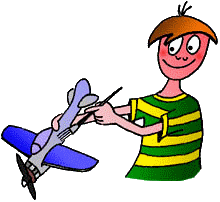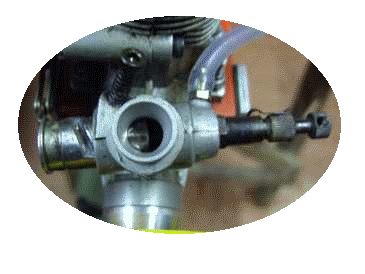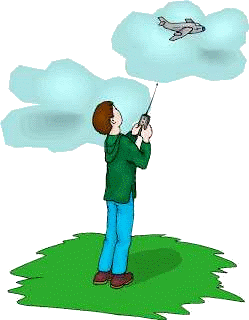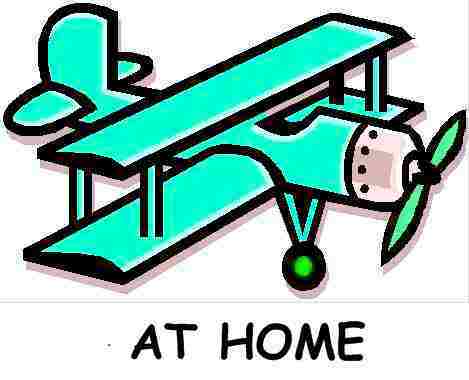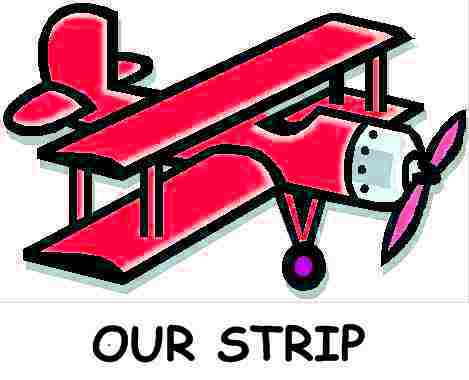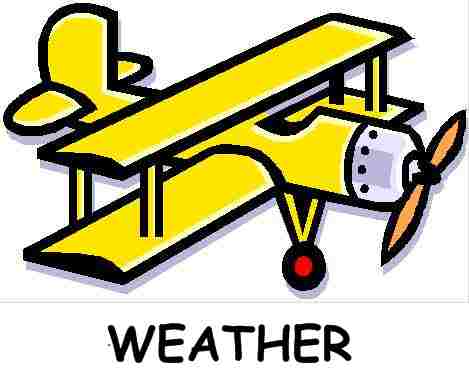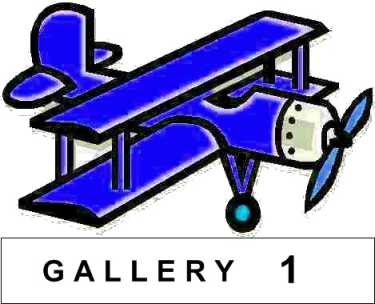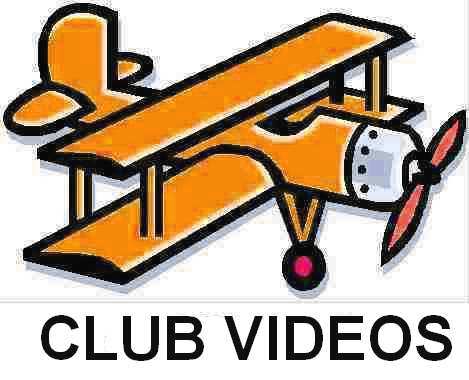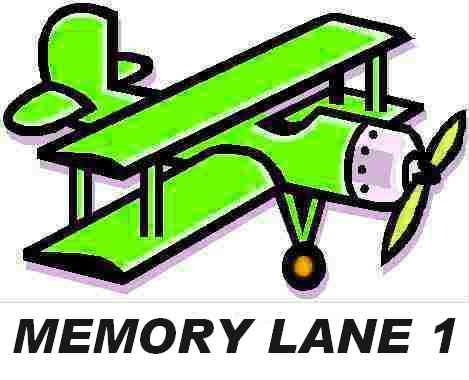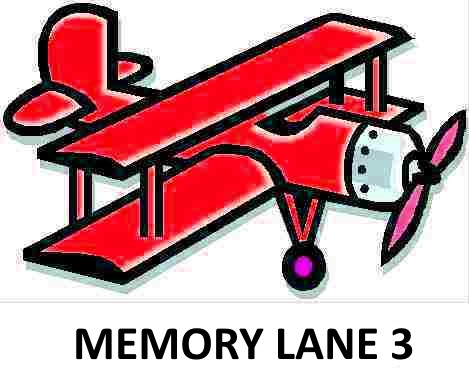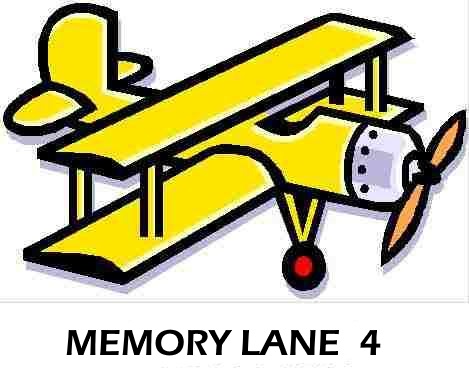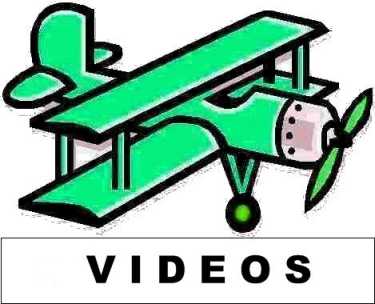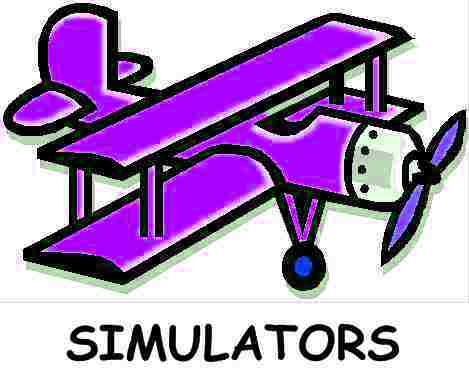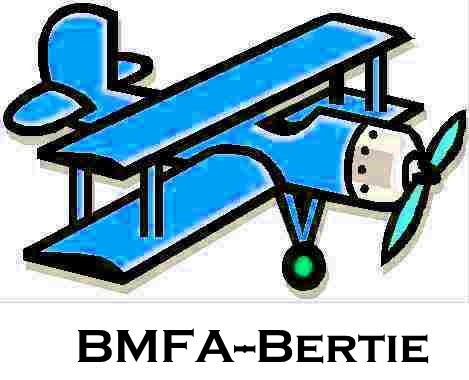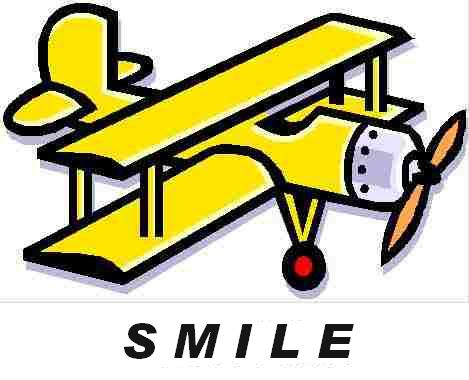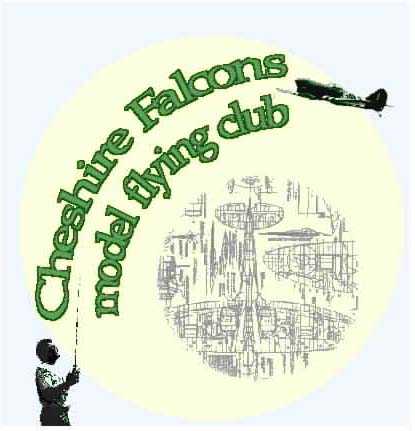





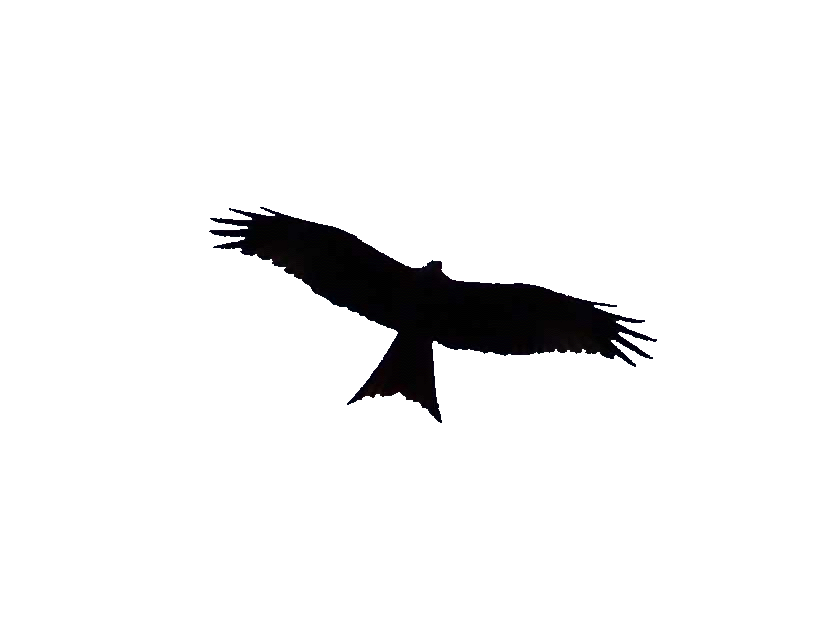
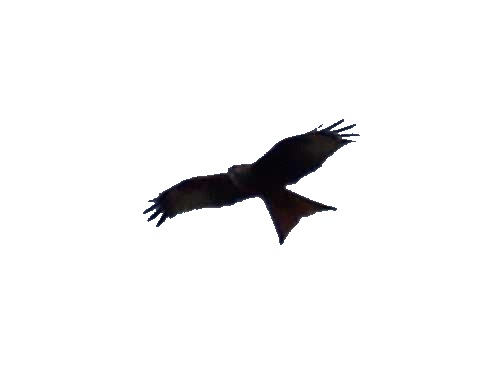
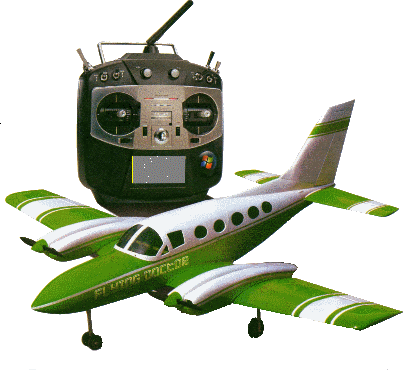
Beginner's Corner
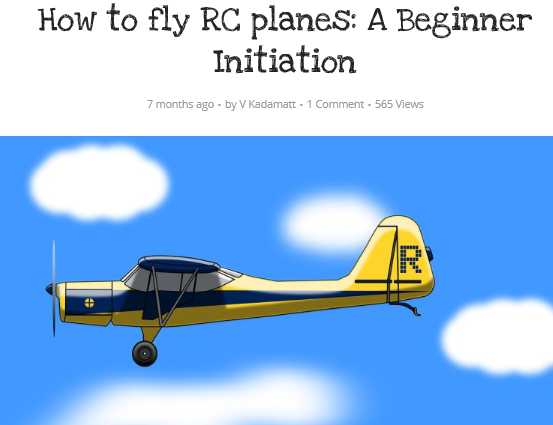
www.droneybee.com offer a series of
tutorials to take the newcomer
by the hand to de-mystify technical aspects and explain the skills you will soon
be using every time you fly.
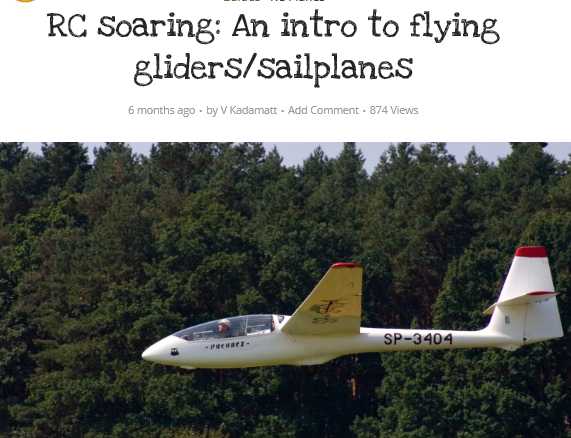
They have a
tutorial explaining the skills you need to learn to fly a glider successfully
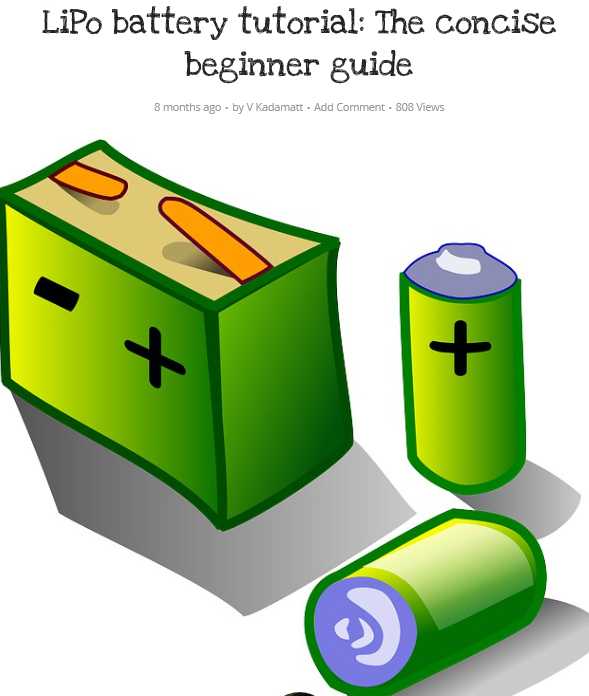
All you need to know about the use of LiPO batteries

and all you need to know about charging up LiPO batteries as well.
| Alternate Propellors | Starting Prop | Engine Size |
| 5.25x4, 5.5x4, 6x3.5, 6x4, 7x3 | 6x3 | .049 |
| 7x3,7x4.5,7x5 | 7x4 | .09 |
| 8x5,8x6,9x4 | 8x4 | .15 |
| 8x5,8x6,9x5 | 9x4 | .19 - .25 |
| 9x7,9.5x6,10x5 | 9x6 | .20 - .30 |
| 9x7,10x5,11x4 | 10x6 | .35 - .36 |
| 9x8, 11x5 | 10x6 | .40 |
| 10x6,11x5,11x6,12x4 | 10x7 | .45 |
| 10x8,11x7,12x4,12x5 | 11x6 | .50 |
| 11x7.5, 11x7.75, 11x8,12x6 | 11x7 | .60 - .61 |
| 11x8,12x8,13x6,14x4 | 12x6 | .70 |
| 12x8,14x4,14x5 | 13x6 | .78 - .80 |
| 13x8,15x6,16x5 | 14x6 | .90 - .91 |
| 15x8,18x5 | 16x6 | 1.08 |
| 16x10,18x5,18x6 | 16x8 | 1.20 |
| 18x8,20x6 | 18x6 | 1.50 |
| 18x10,20x6,20x8,22x6 | 18x8 | 1.80 |
| 18x10,20x6,20x10,22x6 | 20x8 | 2.00 |
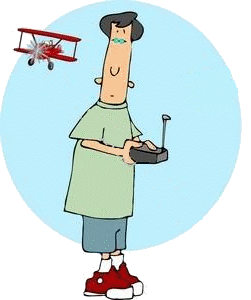
Prop Chart For Four-Stroke Engines
| Alternate Propellers | Starting Prop | Engine Size |
| 9x5,10x5 | 9x6 | .20 - .21 |
| 10x6,10x7,11x4,11x5.11x7,11x7.5,12x4,12x5 | 11x6 | .40 |
| 10x6,10x7,10x8,11x7,11x7.5,12x4,12x5,12x6 | 11x6 | .45 - .48 |
| 11x7.5,11x7.75,11x8,12x8,13x5,13x6,14x5,14x6 | 12x6 | .60 - .65 |
| 12x8,13x8,14x4,14x6 | 13x6 | .80 |
| 13x6,14x8,15x6,16x6 | 14x6 | .90 |
| 14x8,15x6,15x8,16x8,17x6,18x5,18x6 | 16x6 | 1.20 |
| 15x6,15x8,16x8,18x6,18x8,20x6 | 18x6 | 1.60 |
| 18x12,20x8,20x10 | 18x10 | 2.40 |
| 18x10,18x12,20x10 | 20x8 | 2.70 |
| 18x12,20x10 | 20x10 | 3.00 |
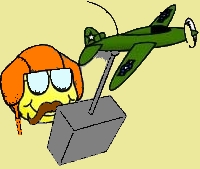
The 35 MHz Band.
(a)
Identification is by orange flag with black or white channel numerals.
CHANNEL
FREQUENCY CHANNEL FREQUENCY
channel
55 34.950 channel 73 35.130
channel
56 34.960 channel 74 35.140
channel
57 34.970 channel 75 35.150
channel
58 34.980 channel 76 35.160
channel
59 34.990 channel 77 35.170
channel
60 35.000 channel 78 35.180
channel
61 35.010 channel 79 35.190
channel
62 35.020 channel 80 35.200
channel
63 35.030 channel 81 35.210
channel
64 35.040 channel 82 35.220
channel
65 35.050 channel 83 35.230
channel
66 35.060 channel 84 35.240
channel
67 35.070 channel 85 35.250
channel
68 35.080 channel 86 35.260
channel
69 35.090 channel 87 35.270
channel
70 35.100 channel 88 35.280
channel
71 35.110 channel 89 35.290
channel
72 35.120 channel 90 35.300
(b)
To identify the channel number of an untagged crystal:
(1)
If the crystal is marked 34.xxx you subtract 40 from the first two numbers
after the decimal
point
of the frequency marking, (i.e. 34.960, subtract 40 from 96 giving channel 56).
(2)
If the crystal is marked 35.xxx you add 60 to the first two numbers after the
decimal point of
the frequency marking, (i.e. 35.260, add 60 to 26
giving channel 86).
The UK Radio Control Council is responsible for monitoring UK aeromodelling frequencies.
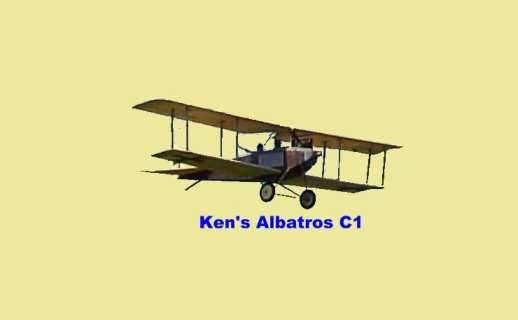



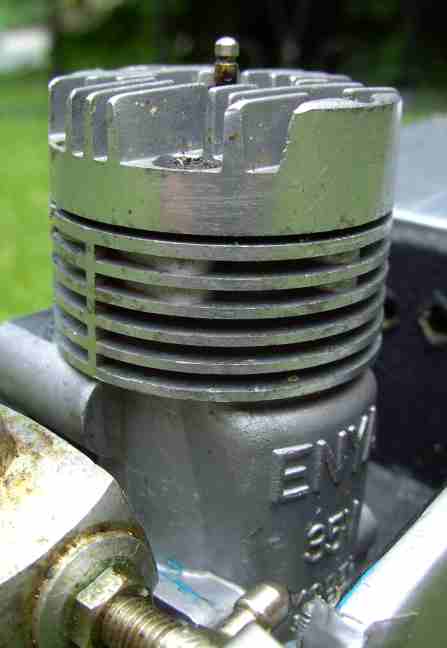 This has a plain bearing crankshaft so everything barring the carburettor/piston, conrod and liner was dropped into a syrup tin with a pint of glycol antifreeze (must not contain methanol-some do) and gently brought to the boil. (I would have hesitated to treat a ball raced crank in this way.)
This has a plain bearing crankshaft so everything barring the carburettor/piston, conrod and liner was dropped into a syrup tin with a pint of glycol antifreeze (must not contain methanol-some do) and gently brought to the boil. (I would have hesitated to treat a ball raced crank in this way.)